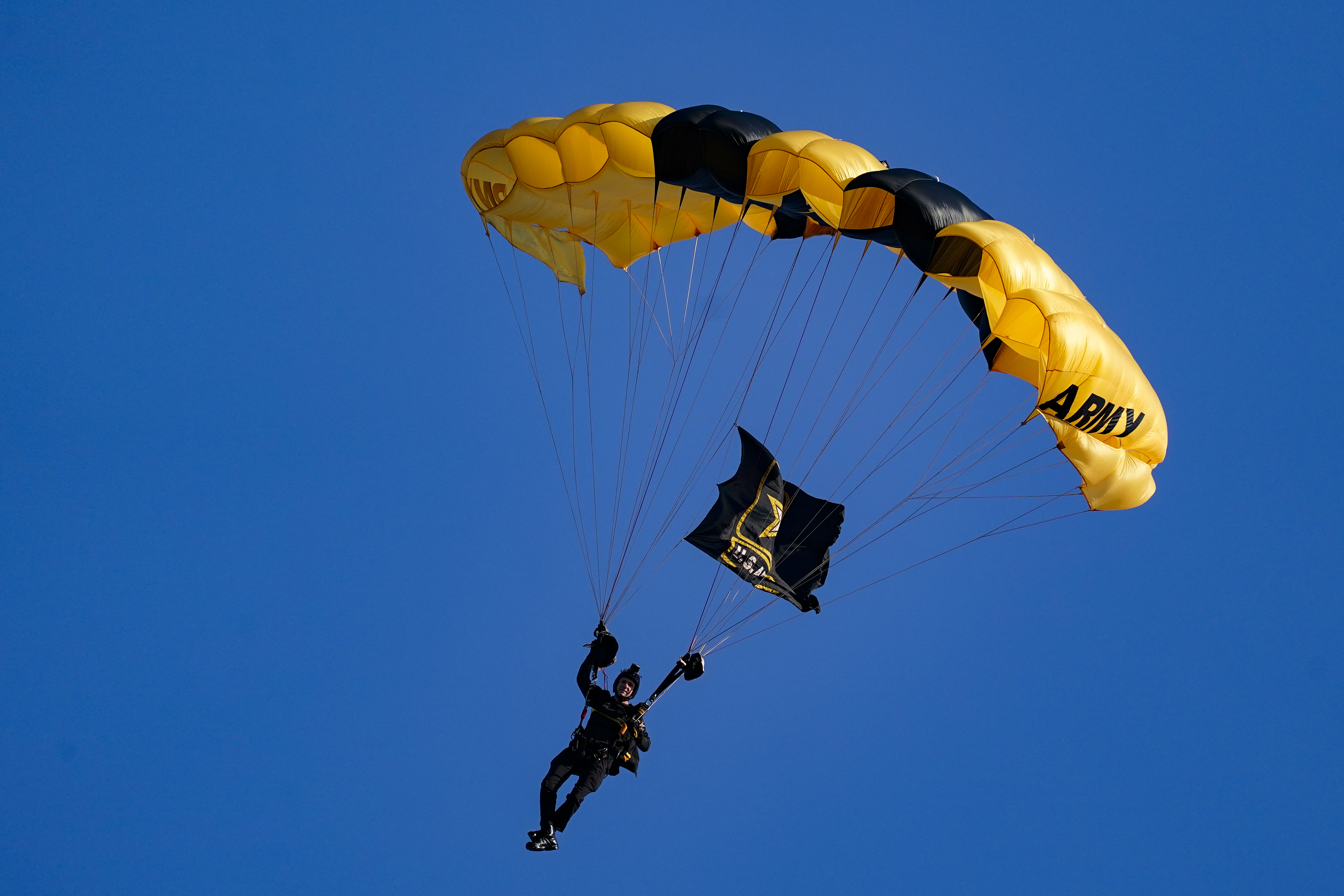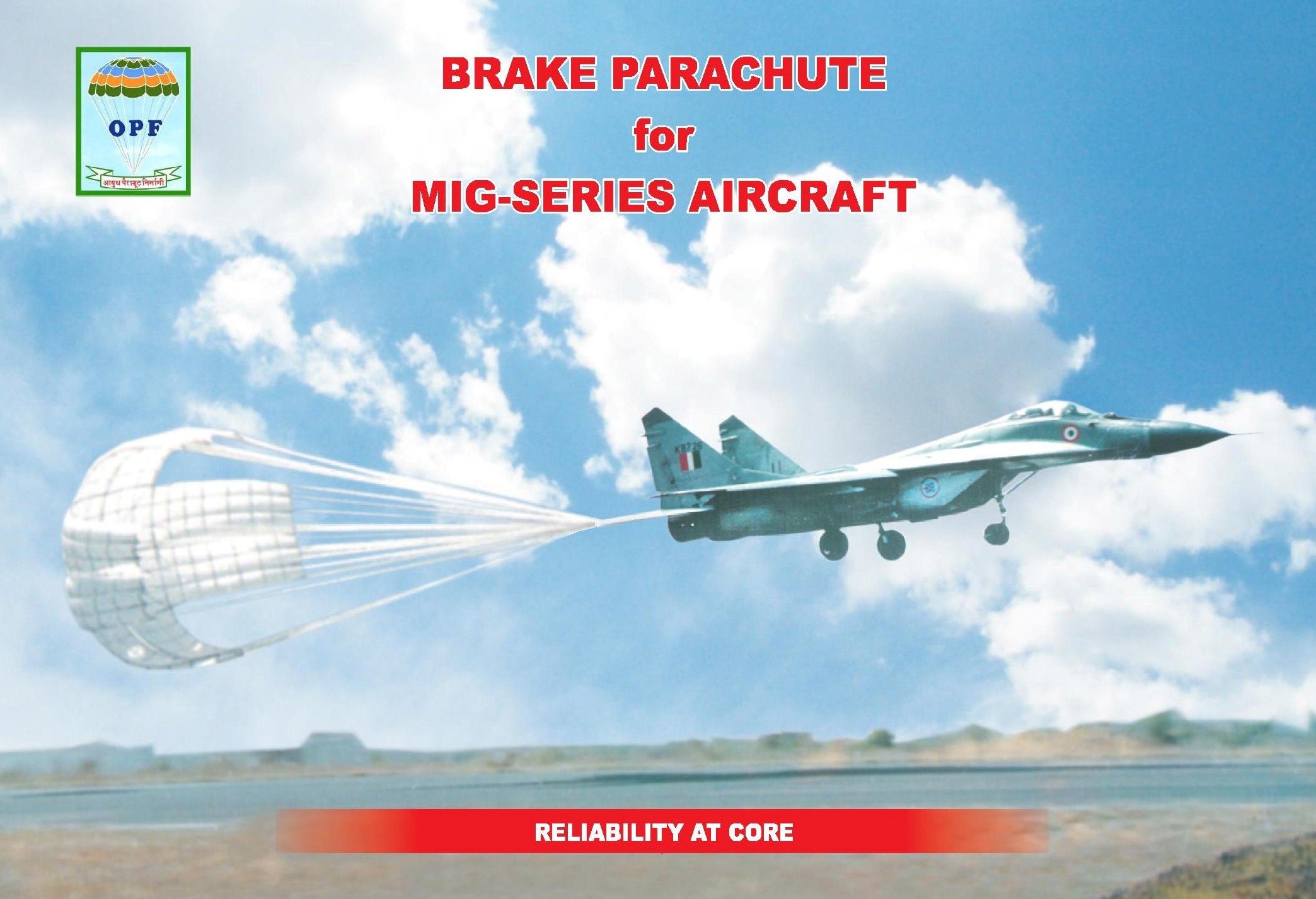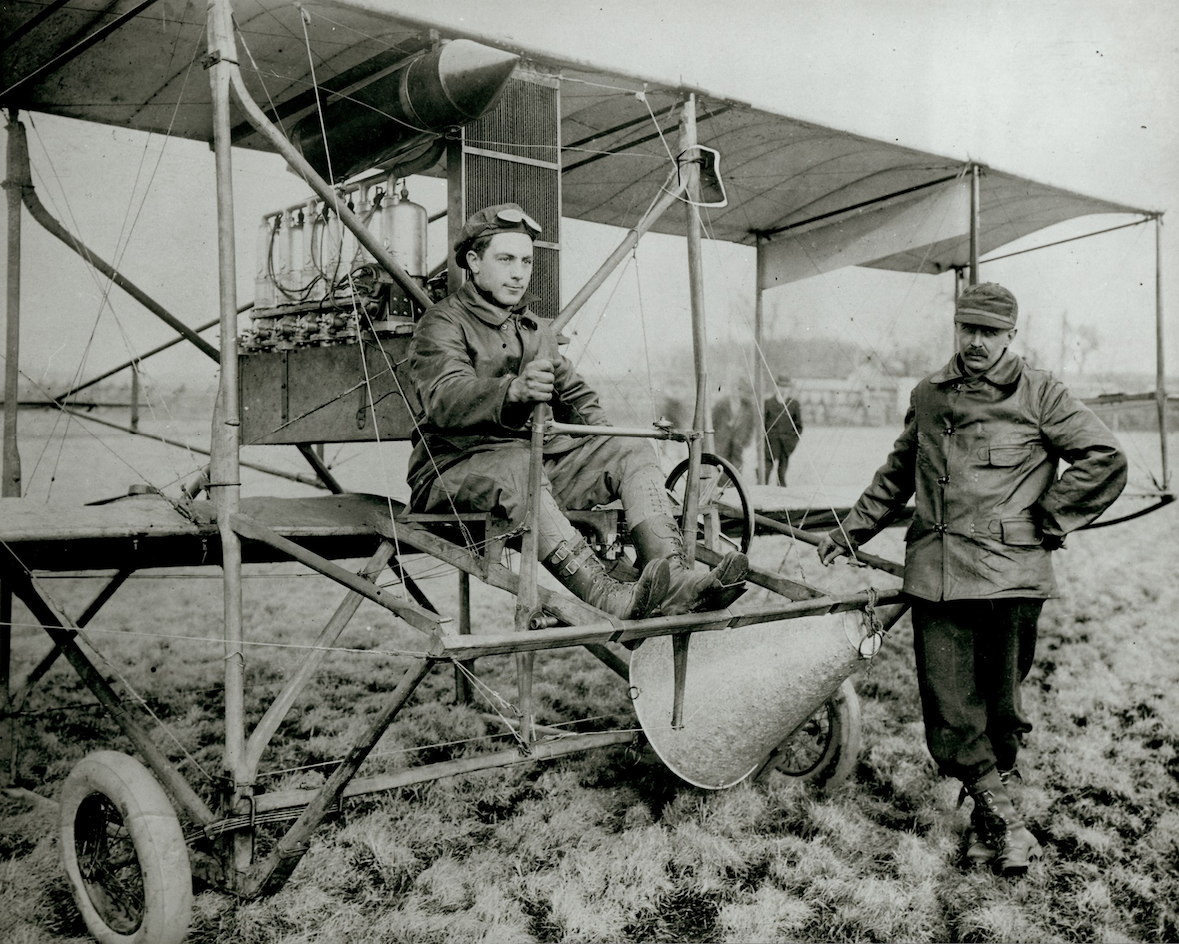Parachute For Aircraft - Farese, a US lawyer with 42 years experience flying his 1978 Cessna 182 plane, had failed to register that there was a problem with the fuel tanks. He was too slow in a banked turn, so the plane rolled left in a spiral stall.
At 400ft above the ground, he was going down – fast. Gratton agrees that shedding weight would be the best method, albeit an extreme one. “If you had to do it, then getting rid of the wings and the engines is the right thing to do – I just hope you don't do it over a city,” he says.
Parachute For Aircraft

Finally, it would be difficult to design a parachute system big enough to carry the weight of a commercial airliner. The largest, the Airbus A380, can carry up to 853 people, and weighs nearly 400 times as much as a small personal aircraft.
And that doesn't include passengers and luggage. “Any parachute system [on an Airbus] would have to be very large indeed and comprise multiple canopies,” says Alizee Genilloud, a media relations manager at Airbus. “The system would be complex, bulky and heavy and require multiple safety devices to make unintentional deployment impossible.”
The biggest planes equipped with the BRS parachutes are for five people, but Popov is planning to install parachutes on planes of up to 20 passengers within the next five years. He believes that, in principle, you could install them on much bigger aircraft, perhaps even large passenger planes.
“There is no doubt that big commercial airliners of the future will be equipped with some kind of a parachute recovery system,” he says. The spokesman for the UK Civil Aviation Authority is not convinced that a parachute would always help either.
“It is rare that all the engines stop, and if only one stops, the pilot can still, in the majority of cases, land the plane.” When a plane does stall, there might not be enough time to deploy a parachute anyway, he adds.

GRS rescue systems are rocket-powered rather than ballistic. Rocket power is smooth and continuous, while ballistic systems depend on an initial bang to fire the chute and un-powered momentum to carry it clear of the aircraft.
The GRS system instead powers the unpacked chute to the end of its tether and continues under power to draw the chute from its soft pack, providing reliable deployment and rapid clearance from the aircraft and any debris field.
This would likely be unfeasible. So to decrease the number of canopies, one solution could be to ditch all the heavy parts of the plane in an emergency, such as the wings and the engines, says Popov.
The parachutes would rescue the passenger cabin only. Please note, Aircraft Spruce's personnel are not certified aircraft mechanics and can only provide general support and ideas, which should not be relied upon or implemented in lieu of consulting an A&P or other qualified technician.
Aircraft Spruce assumes no responsibility or liability for any issue or problem which may arise from any repair, modification or other work done from this knowledge base. Any product eligibility information provided here is based on general application guides and we recommend always referring to your specific aircraft parts manual, the parts manufacturer or consulting with a qualified mechanic.
One of the main manufacturers of whole-plane chutes is Ballistic Recovery Systems (BRS), based in Miami, Florida. Founder Boris Popov started his company after a glider he was flying as a young man spun out of control.

He plunged into a lake from about 500 feet (150m). His survival inspired him to seek ways to make aviation safer. Toll Free: 877-477-7823 Customer Service: 800-861-3192 Fax: 800-329-3020 On small planes like those manufactured by Cessna or Cirrus, the parachute is stored in the fuselage, either behind the back seat or in the center section of the wing, above the cockpit.
In an emergency the pilot has to pull a handle in the ceiling of the plane. Once the large chute deploys, the descent rate is about 1,700ft per minute (518m) – so the impact you'd expect on the ground is equivalent to “jumping from a 4m tall ledge,” says Travis Klumb, Cessna's director of flight operations .
Planes are also equipped with other features that help cushion the drop, such as crushable aluminum inside the seats and landing gear designed for a controlled collapse during a crash-landing. Galaxy High Technology builds the fastest-opening, most reliable whole-plane rescue systems for sport aircraft.
The GRS system has recently been awarded a U. S. patent for the unique design features are incorporated in the entire range of products, which are sized for aircraft weighing between 400 lbs and 2,900 lbs.
Yet is this a realistic prospect? There is no doubt that many are scientific, citing reasons ranging from the potential bulkiness of the technology to lack of demand. Gratton says that technologically it's possible to equip an airliner with a parachute, “but you'd have to ask whether there's any real value in doing it.
Of course you would lose a very large amount of the airliner's payload, so you'd have to reduce the number of passengers you can carry very significantly.” All the safety features available on an aircraft have been selected on the basis of “what is most likely to save lives for a given amount of money and a given amount of weight,” he adds.

Before addressing this question, it is worth considering what may seem a more obvious solution: parachutes for individual passengers. Given that there is a life-jacket under every seat on a commercial airliner, it might not seem like a bad idea to stuff a chute under there too.
Whole-plane parachutes are arguably more suitable in a crisis because they can be deployed quickly. That's why about 10% of all small general aviation planes are equipped with a single chute that carries the plane, with its passengers, cargo and all.
In reality, individual parachutes would be impossible to use in an emergency involving hundreds of people, says Guy Gratton, an aviation research fellow at Brunel University in the UK. After all, what are the chances that some 300 people on a plummeting plane have time to don their chute and leap from the plane in an orderly manner?
“Frankly, I think not a chance,” says Gratton. A 9-year repack life is made possible by the method of packing the main chute. Very high packing pressure used in some competitive products, up to 20,000 psi, can result in fusion of the chute material, with friction-stripping and burning when the chute is deployed.
GRS chutes are packed at 2,000 psi, enabling a much longer repack life. A new rocket is included in the 9-year repack. These parachute systems can also be used to “drastically reduce speed and avoid human casualties during take-off and landing accidents,” says the institute's chief designer Viktor Lyalin.
The downside is that they won't be available any time soon because they require extensive redesign of the aircraft. Kotelnikov's design never went beyond paper calculations, but the main Russian parachute-manufacturing institute, the Scientific Research Institute of Parachute Design and Production (NII Parachutostroeniya), is busy developing an aeroplane parachute recovery system that is partially based on Kotelnikov's nine-decades-old idea.

The GRS 5/560, the GRS 6/600 SD and the GRS 6/650 SD whole-plane rescue systems are designed for motorized aircraft weighing up to 560 kg, 600 kg and 650 kg, respectively (1.33 lbs; 1,333 lbs and 1,444 lbs).
These parachutes are commonly used in light sport aircraft. They are rocket-powered, soft pack units designed to deploy within 5 seconds regardless of airspeed. To safely bring down a big commercial airliner such as a Boeing 747 with about 500 people on board, there would have to be 21 parachutes each the size of a football field, says Popov.
“It takes about a square foot (0.1sq m) of material to bring down one pound (0.5kg) of aircraft.” What saved Farese's life was a parachute capable of carrying the whole plane – it slowed his descent just enough.
This type of parachute is found on many light aircraft. Some manufacturers and engineers argue that if they were installed on commercial airliners, the lives of hundreds of people could be saved in mid-air emergencies. So why haven't aircraft companies embraced the idea for all planes?
The idea has been considered before though: a detachable cabin was first proposed by a Russian inventor, Gleb Kotelnikov, in the 1920s. He is credited with inventing the first knapsack parachute, which was later used by the Soviet military in World War II.
Popov is adamant that within this century, all planes of all sizes will have parachute recovery systems – all it would take is public will. “A lot of people keep asking: 'Why can't I have a parachute system on a Boeing 737 when I fly to see grandma?' Well, if enough people ask for that, it'll force the aircraft manufacturers and the to to make these revolutionary changes.”

BASE. patent #7 997 535 B2 obtained by GRS applies to the canopy, fitted with pole opening and inside air discharge chutes, and the slider installed on the suspension parachute cords. This system enables reliable deployment and minimizes opening shock to the aircraft and suspension.
The opening time of GRS systems is independent of airspeed. Ballistic system are partially dependent on airspeed, along with momentum left over from the initial detonation, to pull the chute and suspension cables from the aircraft, so they may deploy more slowly at stall speed than at higher airspeeds.
The GRS 6/600 system opens within 5 seconds, enabling rescue at altitudes as low as 270′ AGL. There was a huge impact, and everything went white. “I thought I was dead. Then a second, more violent, impact, as the plane fell out of the top of the trees,” Farese recalls.
He survived with a sprained back. We will email you a pre-paid return label for the rocket container, so all you will need to do is simply tape the box back up that contains the rocket carrier, apply the
prepaid label. we will arrange for the container to be picked up at any BASE. address. The deposit on the container ($300) is refunded to you the day we receive the returned shipment.
emergency parachutes for airplanes, airplanes with parachute system, parachutes for planes, aircraft parachute system, planes with parachutes for safety, whole plane parachute system, parachute for airplane, ultralight emergency parachute
0 Comments